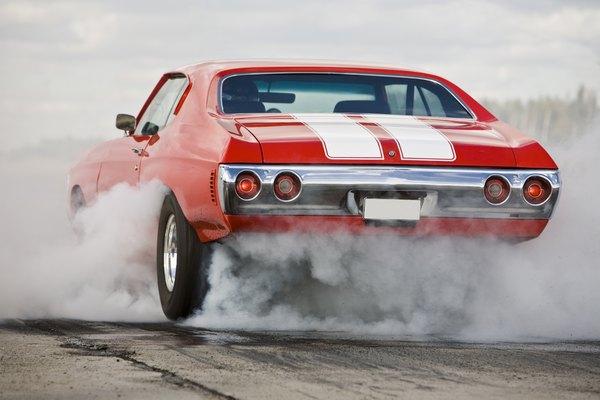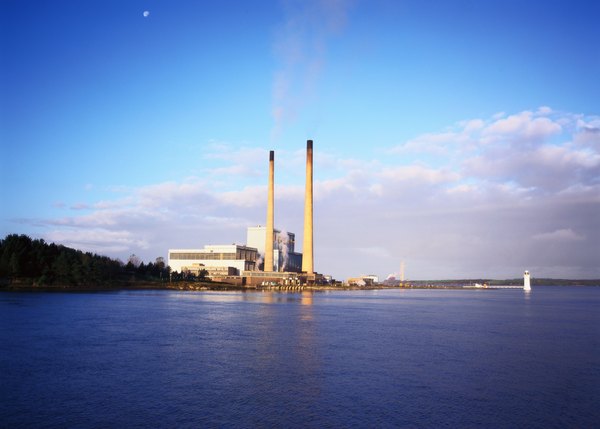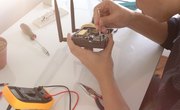
Electrical energy is used throughout the world to power devices, appliances and methods of transportation utilized in daily life. To make things operate, electrical energy must be emitted from energy sources such as power plants, to enable an object to consume the power it needs to function. As a result, the electrical energy permits people to watch television in their home, or purchase soda from a vending machine because the electrical energy is available.
Car Power

Electric energy is used to power energy efficient vehicles. Although electric vehicles have existed since the early 1920's, newer electric vehicles are plugged into outlets that can charge the battery in the car to permit it to operate. These vehicles often feature an aerodynamic design to prevent air resistance from restraining the vehicle, enabling it to use less energy on the road. Once the electrical energy in the vehicle has diminished, the vehicle must be plugged into a special outlet device to re-charge. When the vehicle has finished re-charging, it can be driven once again.
Home Power

Electrical energy is utilized to provide power to homes across the world. People can plug appliances into outlets to make them operate, and connect electrical wiring within the structure of the home to provide energy for indoor and outdoor lighting. Electrical energy also works to cool or warm a home throughout the year. Air conditioning that is used to cool a home in hot weather connects to the main power source within the home or building, enabling it to operate. Furnaces also use electrical energy to help power the fan that is used to release the heat that is emitted by the unit when in use.
City Power

Electrical energy helps to power a city by providing energy to street signs and stoplights, enabling them to function properly. Streetlights, signs and stop lights use the electrical energy that is emitted by power lines that run throughout the city. These power lines obtain energy from places such as power plants, wind turbines, hydroelectric plants, or solar energy grids. Wires that run below or above the ground connect the lights to their energy source, allowing them to work. Stoplights also use sensors, timers and metal detectors, in conjunction with electrical energy, to permit drivers stop and go.
References
Resources
About the Author
Anya Meave is a freelance writer from San Diego, Calif. She began writing in 2009 for various websites. Majoring in telemedia, she has written scripts for student projects and has been chosen to submit a spec script for the 2011 Nickelodeon Writers Fellowship. Meave has an associate degree in photography from Southwestern College.
Photo Credits
old street lights image by drx from Fotolia.com
